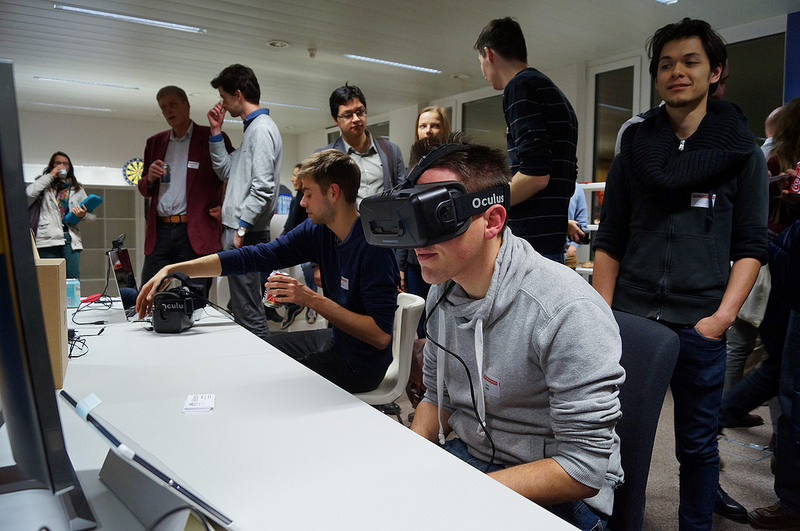
Would You Go to a Virtual Reality Bar?
Today, we’re launching a new series that explores the forefront of retail, from virtual reality to experiential media, and everything in between. Every other Thursday, join us for a look at The Future Today: The future of retail is here. Leo Burnett provides a glimpse into the technologies and brand innovations that are changing the way we all shop and consume.
Would you go to a virtual reality bar? That’s the question on the table today. Brands are creating short-run, highly limited, immersive branded experiences using virtual reality, all with the aim of entertaining and impressing people.
We are in the early stages of this technology. The Oculus Rift is set to be available in the first quarter of 2016, while the Samsung Gear VR headset and Google Cardboard are available now. At the Electronics Entertainment Expo (E3) on Monday, Microsoft demonstrated a version of HoloLens that allows you to play Minecraft on any real surface.
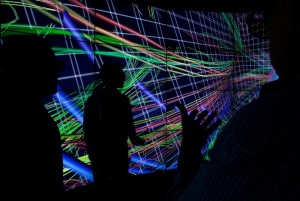
CIW attendees explored the forefront of virtual reality at a 2014 Lab at UIC’s Electronic Visualization Laboratory.
VR + Retail
Why would brands or retailers go through the trouble of creating an immersive experience in the first place? Google “death of physical retail,” and you’ll start to see why. My favorite article on the topic contains Marc Andreessen’s claim that “software eats retail.”
He might be right. Store traffic has fallen “5 percent or more from a year earlier in every month for the past two years,” according to ShopperTrak. Another eye-popping stat from them is that store traffic has fallen nearly 50 percent from 2010 to 2014. While sales in stores still make up 93 percent of all retail sales, it’s clear that retailers and brands have to give people a reason to visit them.
Enter sociologist George Ritzer, who wrote that “retailtainment” is “the use of sound, ambience, emotion and activity to get customers interested in the merchandise and in the mood to buy” in his 1999 book Enchanting a Disenchanted World: Revolutionizing the Means of Consumption. In other words, get people excited about shopping again. Virtual reality is the 2015 version of retailtainment.
Companies like The North Face get this and are giving consumers a chance to experience things they may never do (base jumping), which also demonstrates the value of their gear along the way. Smart.
Jim Beam recently took a VR experience to 250 bars across the U.S. to promote Jim Beam’s Devil’s Cut. The experience featured the journey of bourbon through the brewing process while a brand ambassador held a piece of paper scented with bourbon nearby. It was a truly immersive, boozy experience.
And, last Halloween, Dos Equis created a VR experience where the viewer was able to walk around the Most Interesting Man in the World’s mansion.
VR + Social
While the retail use case for VR makes sense, there is an even more compelling opportunity for the technology. The world we live in has never been more connected, yet loneliness is on the upswing. In an Atlantic article that asks “Is Facebook Making Us Lonely?” the author references an AARP survey that “found that 35 percent of adults older than 45 were chronically lonely, as opposed to 20 percent of a similar group only a decade earlier.”
So could a VR solution help change this? Sure. Just consider using it to connect friends together while watching a sporting event. Companies like VirtuallyLive are building platforms that will allow you to virtually attend any event in the world. They track athletes and performers in real time using optical technology and map the movement to a virtual space. All of this is transformed into a virtual venue where you and your friends can interact via chat and conversations ringside, so to speak.
Which brings us back to our question: Would you go to a virtual reality bar? Only if the Most Interesting Man in the World is there, right?


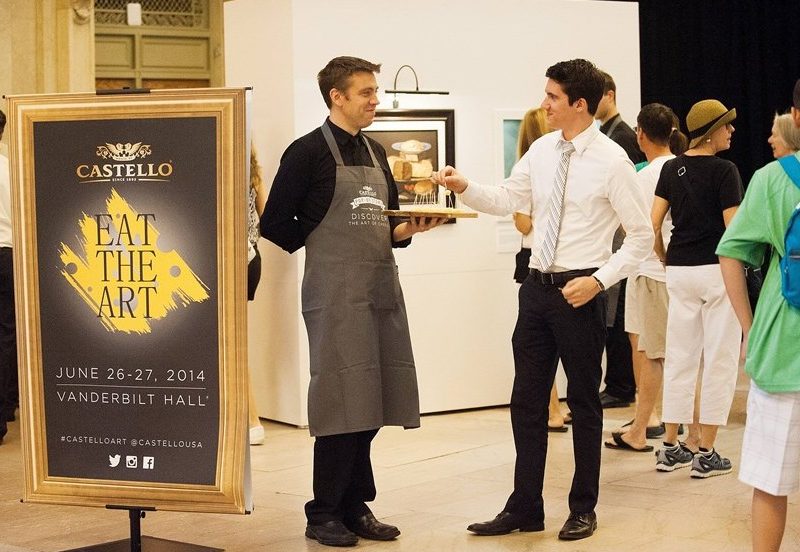
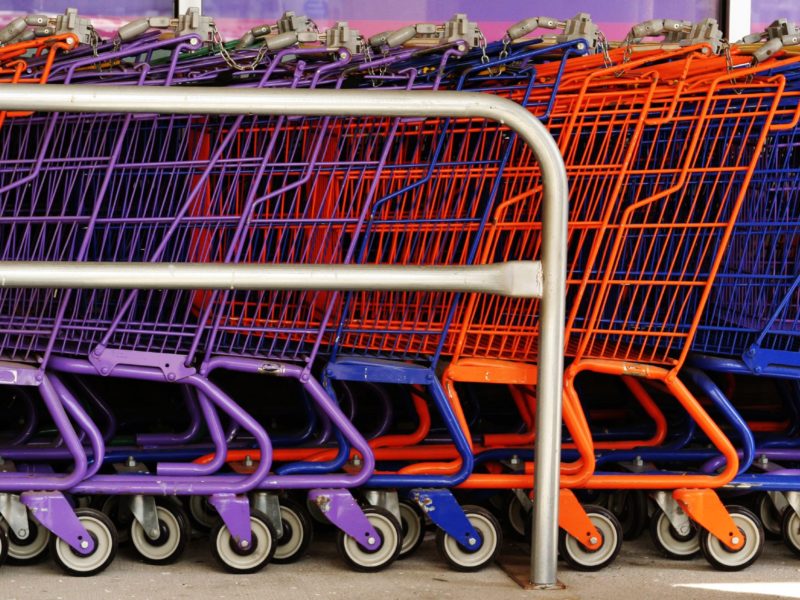
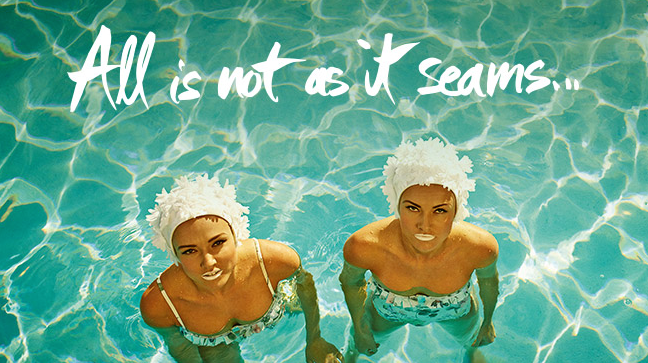
Pingback: Pop Quiz: What’s in Your Basket? | Chicago Ideas Blog